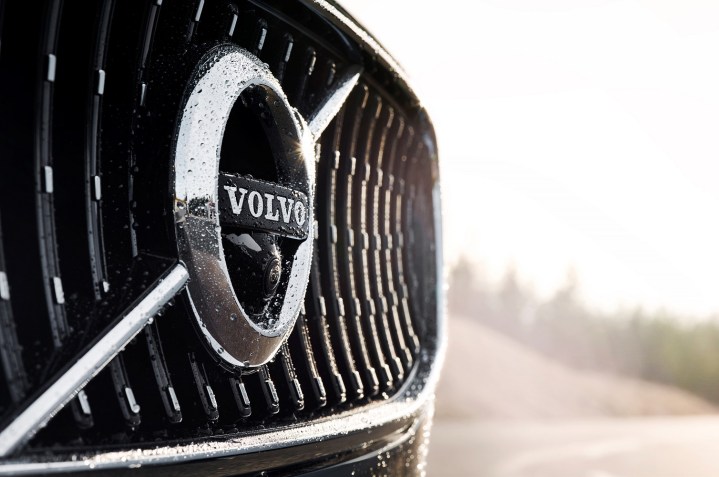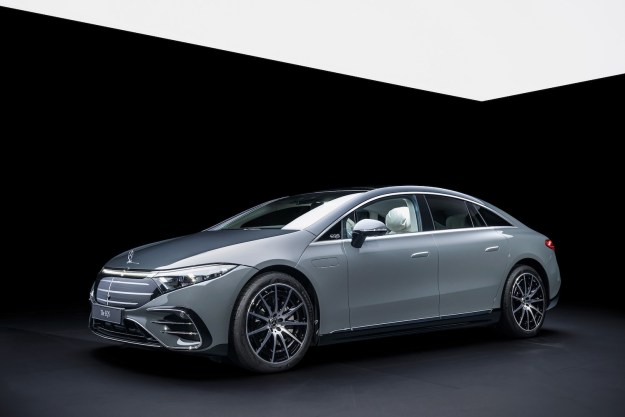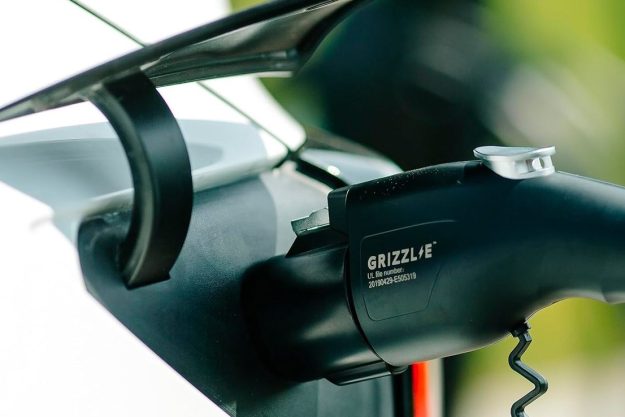
“All vehicles in the 90 series — the S90, V90 and XC90 — will be equipped with it as of the end of this year,” Volvo Senior Vice President for Research and Development Peter Mertens told Automotive News Europe. Details first emerged around Volvo’s plans when the company announced the launch of the V90 Cross Country earlier in October.
Volvo developed this new tech with Ericsson and it draws upon various data points from a car’s steering, braking, and acceleration sensors. “We use a cloud-based system so we don’t need to have a direct link between the vehicles,” Volvo CEO Hakan Samuelsson said. “It allows us to analyze the information and to look for the ideal distribution to other cars.”
The company has high hopes for the future of this technology and promises to “introduce it in the coming generations of our vehicles as well.” And soon, more carmakers will be introducing inter-car communication systems, with Cadillac, Audi, and Jaguar Land Rover all working on similar software. Cadillac’s plan is to launch its own version in some of its 2017 U.S. models, while Audi is looking into vehicle-to-infrastructure systems that will allow its cars to ‘talk’ to traffic lights. And as for Jaguar Land Rover, tests for its own car-to-car systems are slated to begin soon in the U.K. and in Ann Arbor, Michigan.
Editors' Recommendations
- Volvo unveils the electric 2022 C40 Recharge with Android-powered in-car tech
- Why CERN’s work on Volvo’s autonomous cars won’t matter much
- Volvo wants to use augmented reality tech to help design future cars


